When we think about the first creatures to venture onto land from the primordial seas, insects rarely come to mind first. Yet these small arthropods were among the earliest pioneers of terrestrial living, predating even the dinosaurs by hundreds of millions of years. The story of Earth’s first land-dwelling animals is written in stone—quite literally—through fossils that have survived across vast geological timescales. Among these ancient remains, one fossil in particular stands out as a remarkable window into the early days of life on land: Rhyniognatha hirsti, currently recognized as the oldest known definitive insect fossil. This tiny specimen, barely visible to the naked eye, has dramatically reshaped our understanding of insect evolution and the emergence of terrestrial ecosystems.
The Discovery of Rhyniognatha hirsti
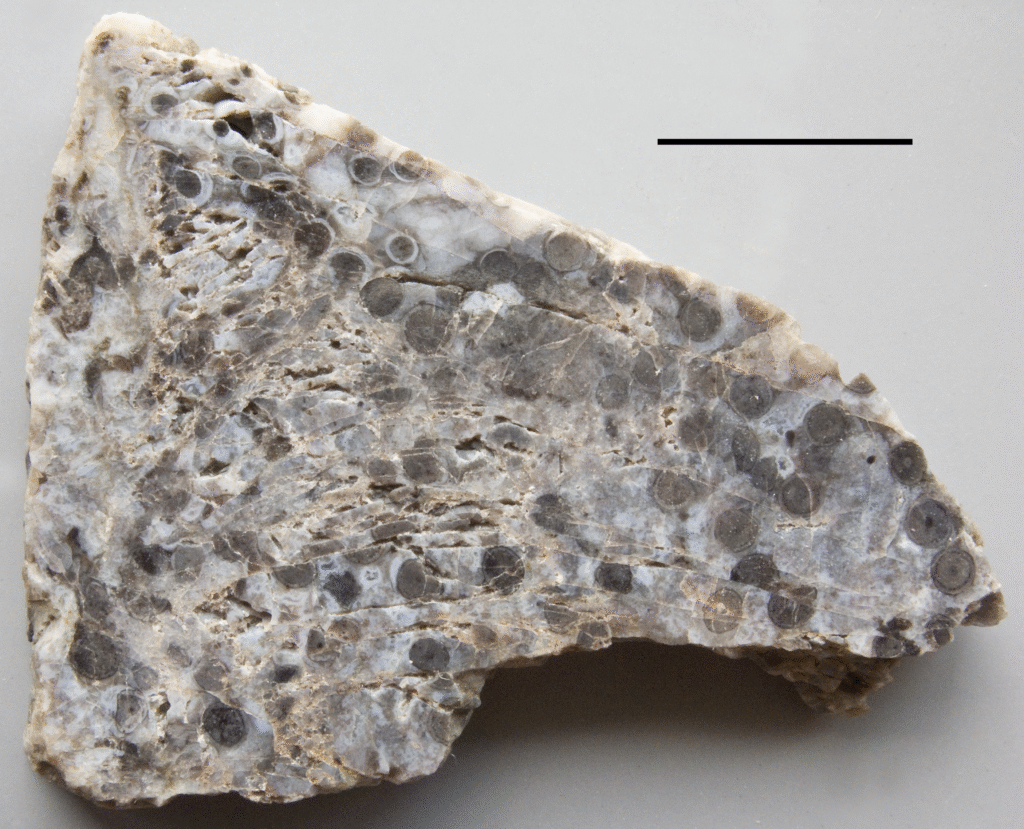
Rhyniognatha hirsti was discovered in the early 20th century within the famous Rhynie Chert, a fossil-rich deposit located near the village of Rhynie in Aberdeenshire, Scotland. The fossil was initially collected during extensive excavations of this site between 1910 and 1913, though its true significance wasn’t recognized until decades later. The specimen consists primarily of fragmentary mandibles (jaws) and associated head structures preserved in remarkable detail within the chert, a fine-grained sedimentary rock. Originally described by entomologist Robin J. Tillyard in 1928, the fossil received renewed attention in 2004 when researchers Michael Engel and David Grimaldi reexamined it using modern techniques and confirmed its identity as a true insect rather than another type of arthropod. This reclassification dramatically pushed back the timeline of insect evolution, making it a pivotal specimen in paleontological studies.
Dating the Ancient Pioneer
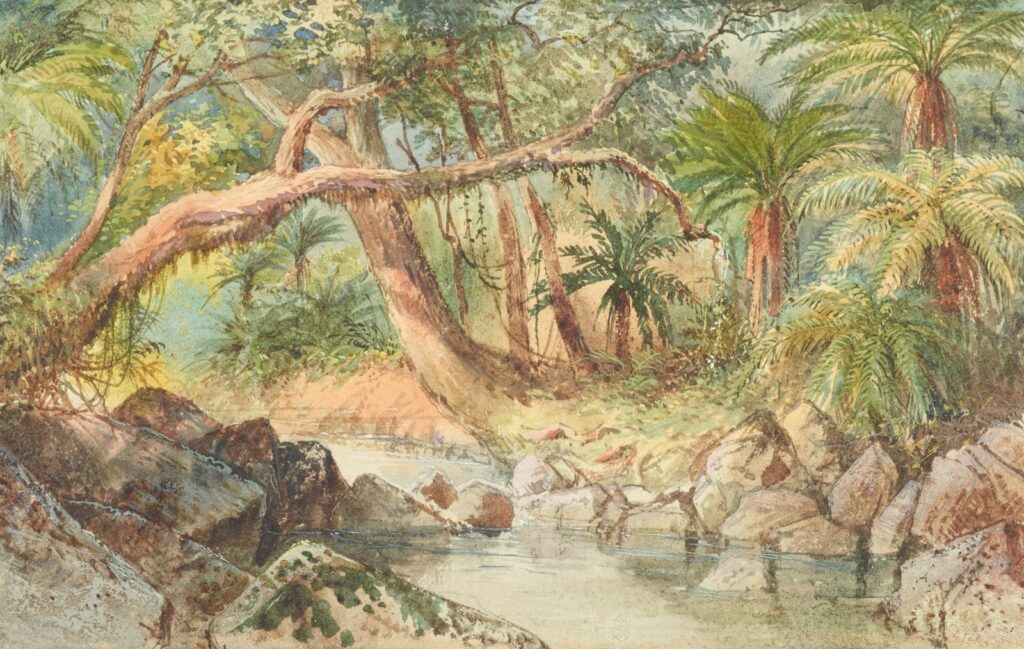
The age of Rhyniognatha hirsti places it in the Early Devonian period, approximately 407 million years ago—a time when the world looked drastically different from today. This dating is based on radiometric analysis of the Rhynie Chert deposit, which formed during a period when Scotland was located near the equator and experienced a tropical climate. For context, this places the fossil more than 150 million years before the first dinosaurs appeared and nearly 200 million years before the first flowering plants evolved. When Rhyniognatha lived, the landscape would have been dominated by primitive plants like mosses, liverworts, and early vascular plants, creating a low-lying vegetation mat rather than the diverse forests we might imagine. The age of this fossil is particularly significant because it suggests that insects were already well-established and diversifying during this early stage of terrestrial colonization.
Anatomical Features and Classification
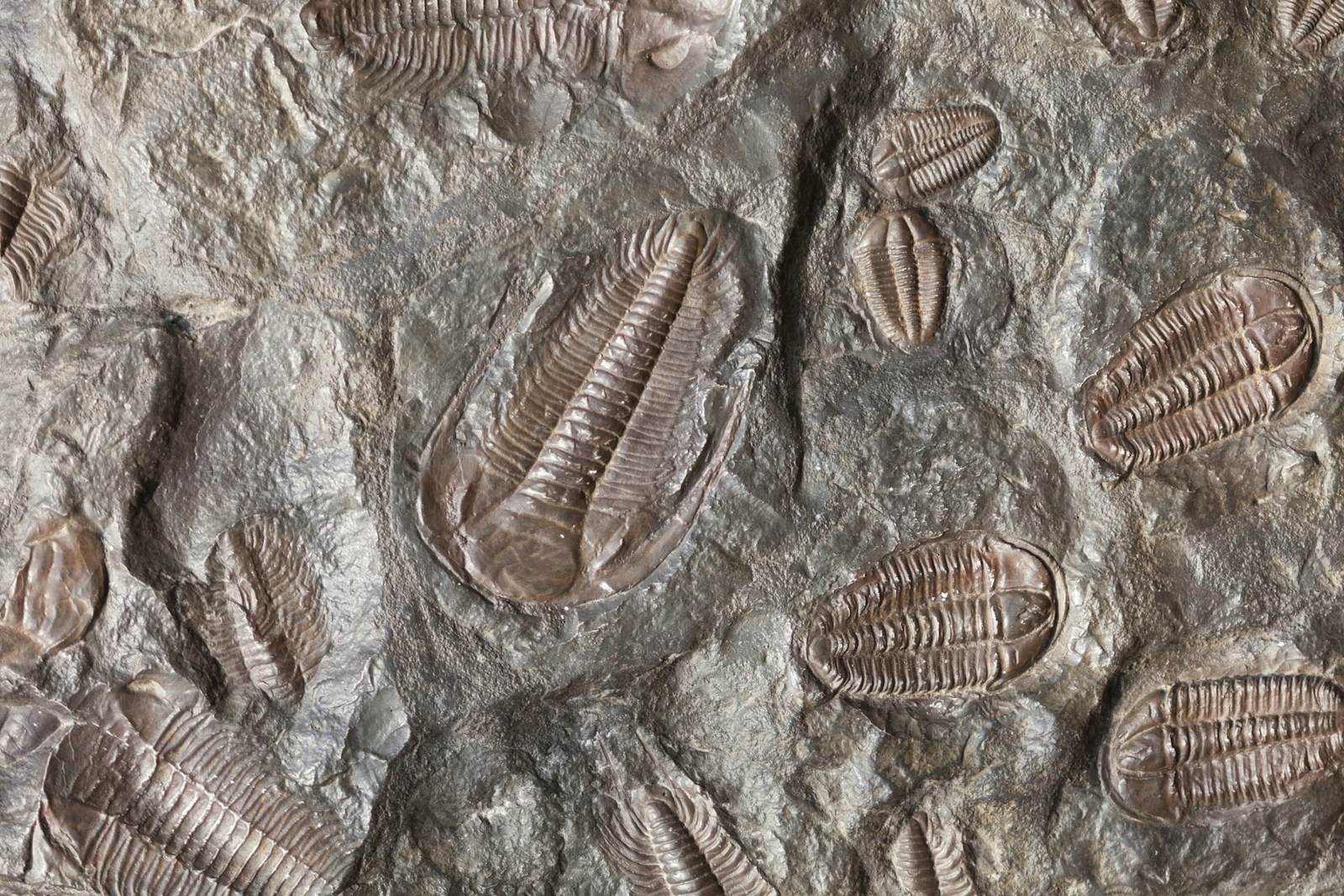
Despite its fragmentary nature, Rhyniognatha hirsti reveals striking anatomical details that have allowed scientists to draw important conclusions about its biology. The most distinctive features are the mandibles, which show dicondylic articulation—a specialized jaw joint with two points of articulation that is characteristic of true insects (Insecta) rather than other arthropods. This feature is particularly significant because it represents a complex adaptation that suggests insects had already evolved specialized feeding mechanisms by this early date. Additionally, the mandibles appear robust and somewhat similar to those found in modern carnivorous insects, suggesting Rhyniognatha may have been a predator in its ecosystem. Some researchers have proposed that the specimen shows affinities with pterygote insects (those capable of flight), which would be even more revolutionary for our understanding of insect evolution if confirmed.
The Significance for Insect Evolution
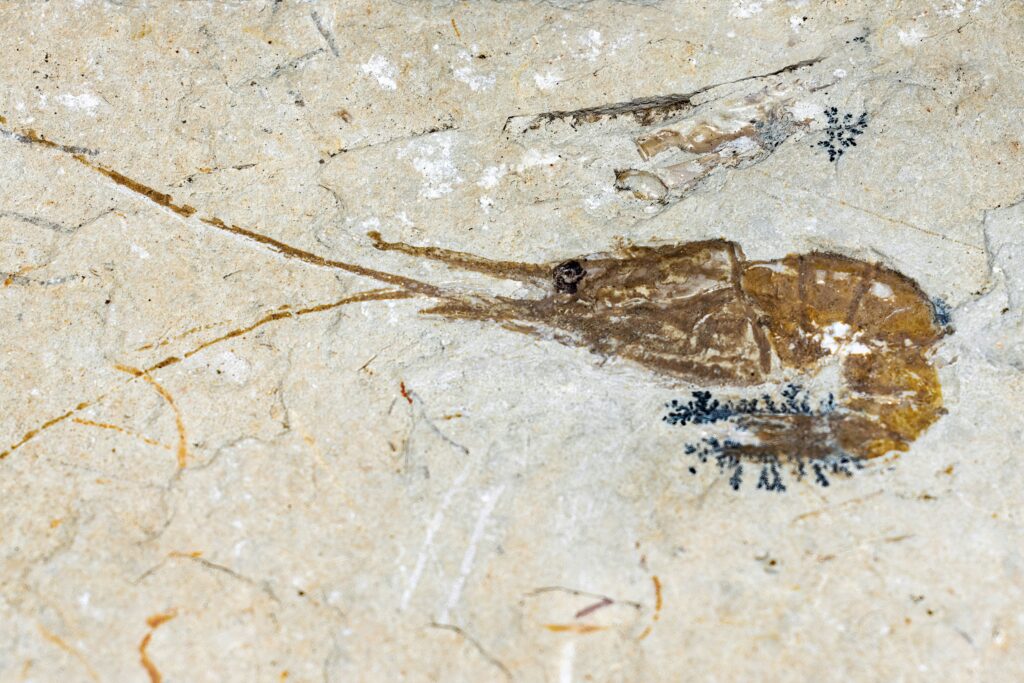
The existence of Rhyniognatha hirsti in the Early Devonian has profound implications for the evolutionary timeline of insects. If this creature is indeed a pterygote insect, as some researchers suggest, it would push the origin of winged insects back significantly earlier than previously thought. Even as a more primitive insect, its presence 407 million years ago indicates that the class Insecta had already diverged from other arthropod lineages well before this time, perhaps even in the Silurian period (443-419 million years ago). This early diversification suggests that the common ancestor of all insects likely existed tens of millions of years before Rhyniognatha, perhaps as early as 450 million years ago. The fossil therefore serves as a calibration point for molecular clock studies that attempt to trace the evolutionary history and divergence times of insect lineages.
Early Terrestrial Ecosystems
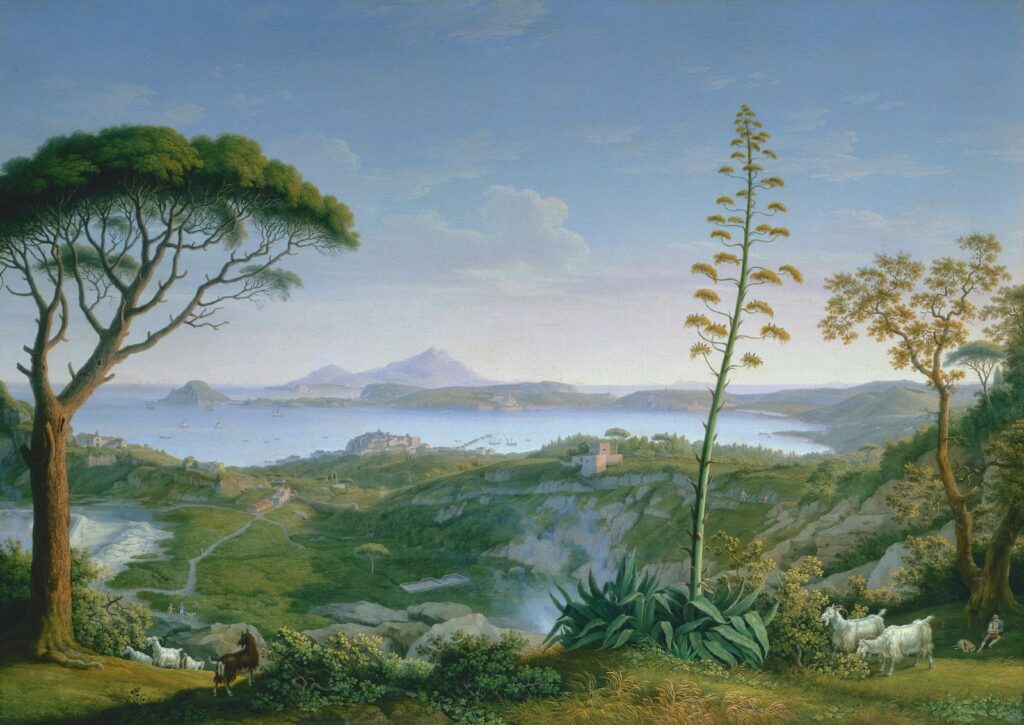
The presence of Rhyniognatha hirsti offers a glimpse into the composition of Earth’s earliest terrestrial ecosystems. During the Early Devonian, land plants were still in their evolutionary infancy, with the tallest vegetation reaching only a few feet in height. The fossil record from this period reveals a world dominated by primitive spore-bearing plants like Cooksonia and Rhynia, creating what ecologists describe as a “terrestrial algal mat” rather than a true forest. In this setting, Rhyniognatha likely shared its habitat with other early land arthropods including mites, springtails, and primitive arachnids, all of which are also known from the Rhynie Chert. This early terrestrial community would have been fundamentally different from later ecosystems, with simpler food webs and fewer ecological niches compared to the complex terrestrial systems that would evolve later.
The Rhynie Chert: A Unique Preservation Environment
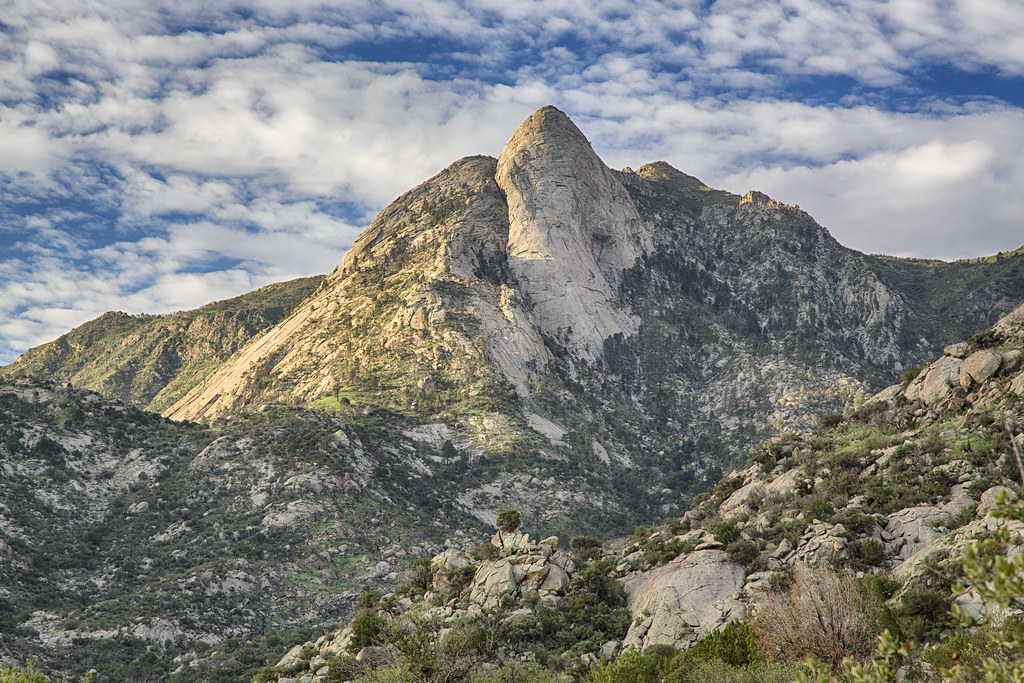
The exceptional preservation of Rhyniognatha hirsti owes much to the unique conditions of the Rhynie Chert, one of paleontology’s most remarkable fossil sites. This deposit formed when silica-rich hot springs periodically flooded and preserved an entire early Devonian ecosystem, similar to modern geothermal areas like Yellowstone. The rapid silicification process preserved organisms with extraordinary cellular-level detail, capturing not just hard parts but sometimes even soft tissues and cellular structures. Beyond insects, the Rhynie Chert has yielded exquisitely preserved plants, fungi, algae, and other arthropods, providing an unprecedented window into a complete early terrestrial ecosystem. The quality of preservation is so exceptional that scientists can sometimes observe subcellular details like cell walls and nuclei in plant specimens, making the Rhynie Chert one of the most important Konservat-Lagerstätten (exceptionally preserved fossil deposits) in the world.
Flight: The Revolutionary Adaptation
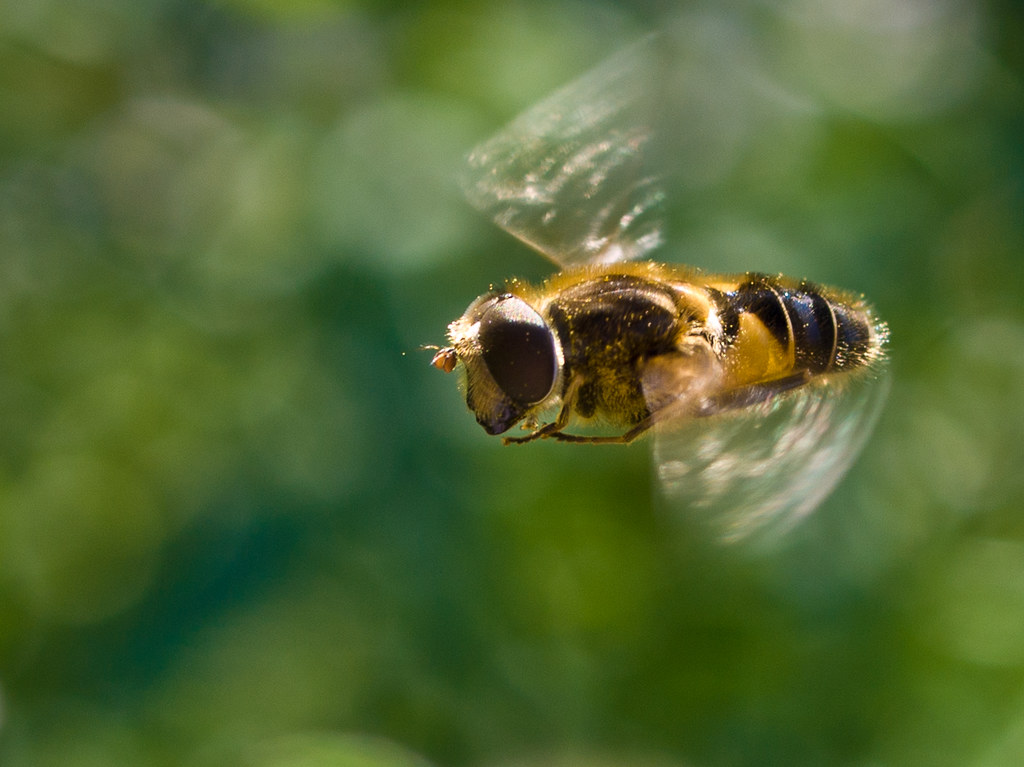
If Rhyniognatha hirsti is indeed related to pterygote (winged) insects as some researchers have suggested, it would dramatically alter our understanding of when flight evolved in insects. Flight represents one of the most significant evolutionary innovations in animal history, opening up entirely new ecological niches and allowing insects to become the most diverse animal group on Earth. Traditional views had placed the evolution of insect flight in the Late Devonian or Early Carboniferous periods, roughly 370-350 million years ago. However, if flight or flight precursors existed in the Early Devonian, this would push this innovation back by at least 30 million years. The evolution of flight would have given early insects tremendous advantages in mobility, predator avoidance, and resource acquisition, potentially explaining their explosive diversification and ecological success in the fossil record.
Controversies and Alternative Interpretations
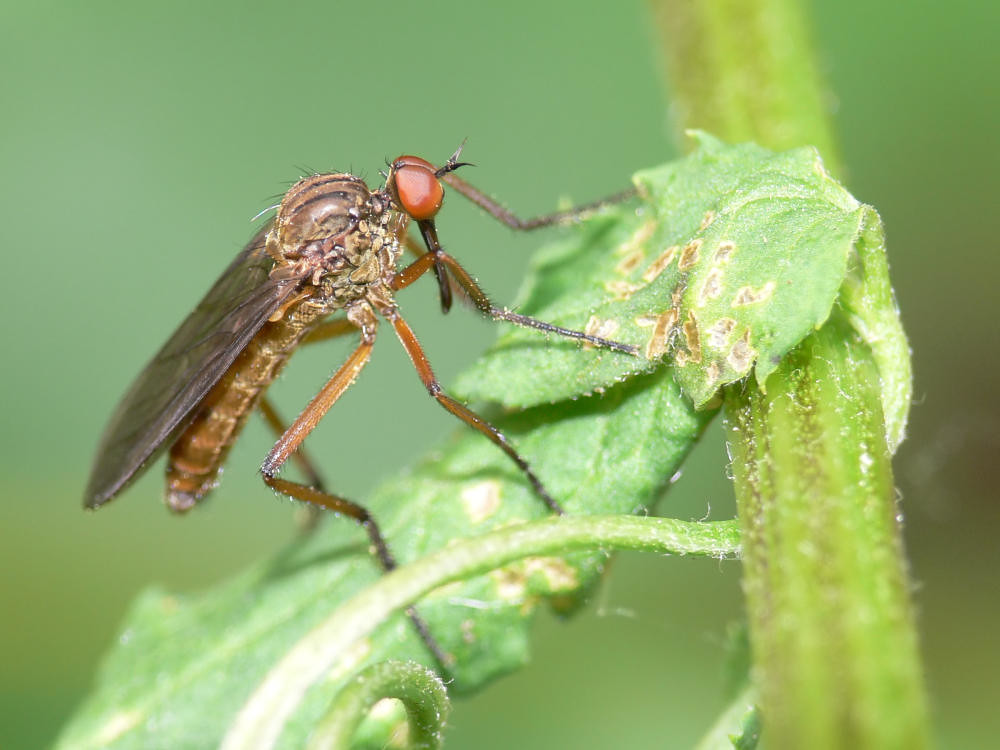
Despite its significance, the classification of Rhyniognatha hirsti remains the subject of ongoing scientific debate. Some researchers have questioned whether the fossil represents a true insect at all, suggesting it might instead be the remains of another type of arthropod with convergently evolved features. The fragmentary nature of the specimen—consisting primarily of mandibles and head parts—makes definitive classification challenging even with modern imaging techniques. Additionally, the suggestion that Rhyniognatha might be a pterygote insect has been particularly controversial, with some paleontologists arguing that the evidence is insufficient to support such a revolutionary claim. These debates highlight the interpretative challenges inherent in working with ancient, incomplete fossils and underscore the need for additional specimens to clarify Rhyniognatha’s true taxonomic position.
The Search for Earlier Insects

While Rhyniognatha hirsti currently holds the title of oldest known definitive insect, paleontologists continue searching for even older specimens that might push the origin of insects further back in time. Theoretical models based on molecular clock data suggest that insects may have originated as early as the Ordovician period (485-443 million years ago), though fossil evidence from this time remains elusive. Several trace fossils and fragmentary remains from Silurian deposits have been proposed as possible insect remains, but none have been widely accepted as definitive. The search is complicated by taphonomic biases—the processes that determine which organisms become fossilized—as small, soft-bodied creatures like primitive insects have poor preservation potential compared to animals with mineralized skeletons. Future discoveries, particularly in exceptional preservation environments similar to the Rhynie Chert, may yet reveal even earlier chapters in the insect evolutionary story.
Insects as Ecological Pioneers
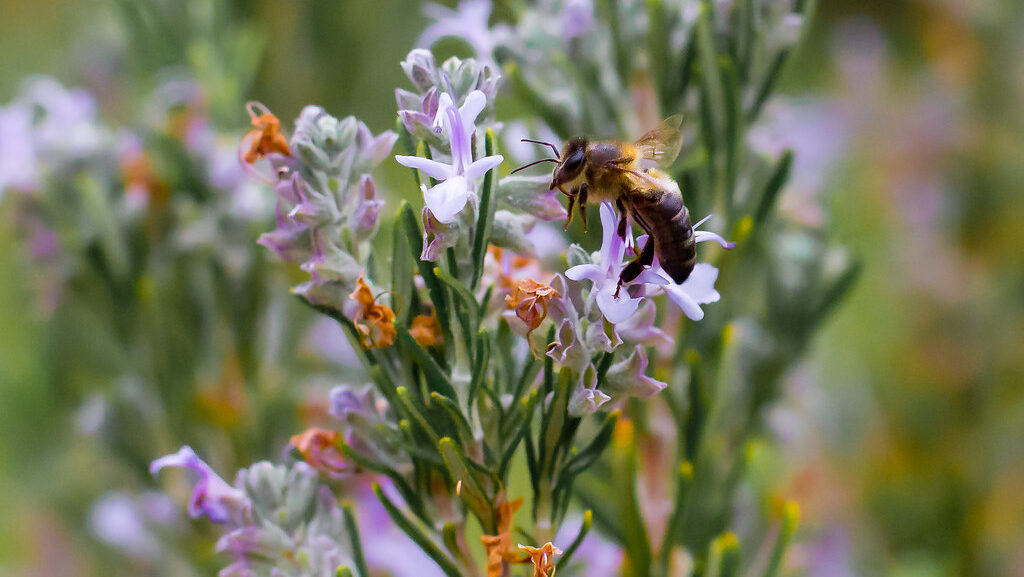
The early appearance of insects on land highlights their role as ecological pioneers in the colonization of terrestrial environments. As one of the earliest animal groups to successfully transition from aquatic to terrestrial living, insects helped establish fundamental ecological processes that would shape land ecosystems for hundreds of millions of years to follow. Early insects likely played crucial roles in nutrient cycling, acting as decomposers, herbivores, and predators in primitive terrestrial food webs. The presence of predatory insects like Rhyniognatha would have created selective pressures on other organisms, potentially driving evolutionary adaptations in both plants and other animals. Additionally, as insects diversified and some became herbivores, they established one of the most important ecological relationships on land—the plant-insect interaction—which would eventually develop into complex coevolutionary systems involving pollination, herbivory defense, and specialized feeding relationships.
Modern Techniques Revealing Ancient Secrets
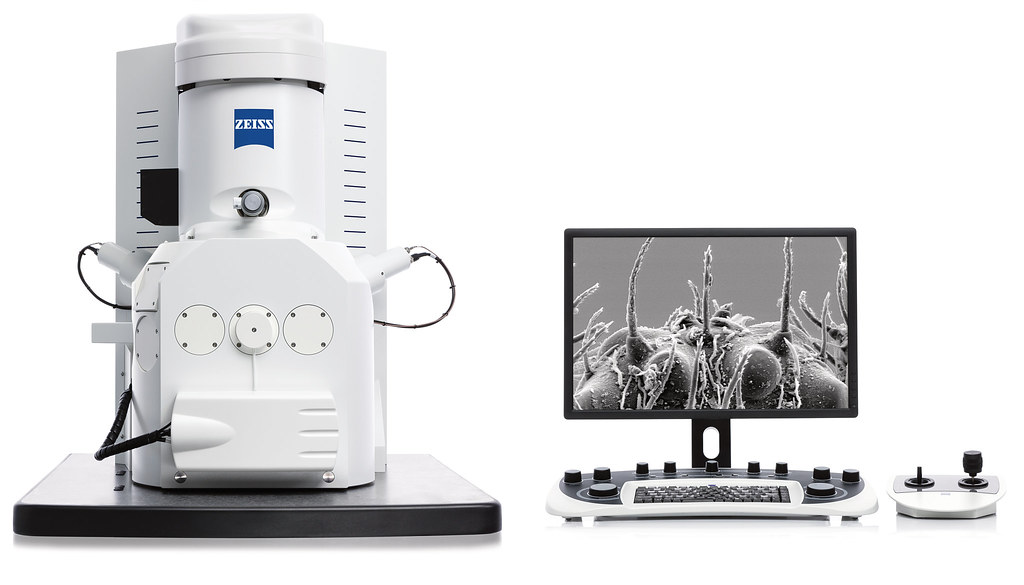
The evolving understanding of Rhyniognatha hirsti exemplifies how advancing technologies continue to extract new information from long-studied fossils. When the specimen was first described in 1928, researchers relied primarily on light microscopy and comparative anatomy. The 2004 reexamination that confirmed its insect status employed scanning electron microscopy, digital imaging, and comparative analysis with a much broader dataset of modern and fossil insects than was available to earlier scientists. Today, researchers continue to apply cutting-edge techniques to ancient fossils, including micro-CT scanning, synchrotron imaging, and computational phylogenetics. These approaches allow scientists to visualize internal structures, create three-dimensional models, and place specimens within increasingly refined evolutionary frameworks. The ongoing reanalysis of key fossils like Rhyniognatha demonstrates that museum collections remain treasure troves of scientific data waiting to be unlocked with each new technological advance.
The Great Oxygen Leap and Terrestrialization
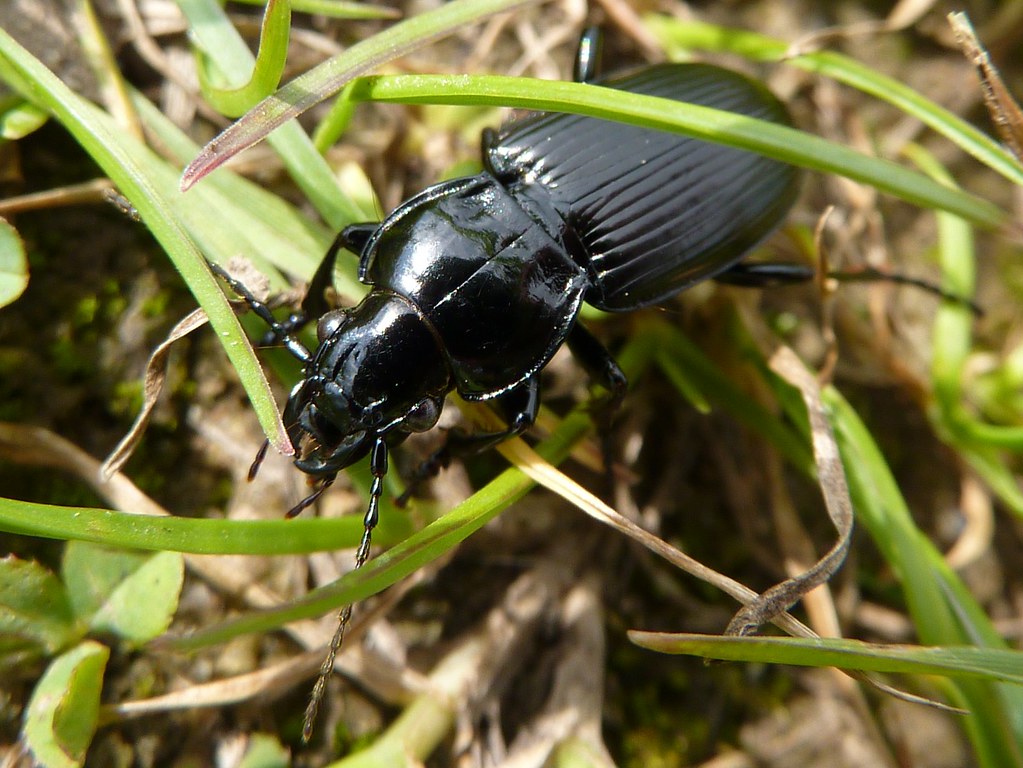
The emergence of insects on land coincides with a critical period in Earth’s atmospheric history known as the Paleozoic oxygen rise. Atmospheric oxygen levels increased dramatically during the late Silurian and Devonian periods, reaching levels that would enable the respiratory systems of terrestrial arthropods to function effectively. This atmospheric change provided a physiological opportunity for arthropods to colonize land, as their respiratory systems—which in insects would eventually evolve into sophisticated tracheal networks—required sufficient environmental oxygen. Additionally, the increasing oxygen levels supported the growth and diversification of land plants, creating new habitats and food sources for pioneering terrestrial animals. The presence of Rhyniognatha during this transitional period suggests that insects were among the earliest arthropods to take advantage of these changing conditions, establishing themselves as a foundational component of emerging terrestrial ecosystems during this pivotal moment in Earth’s history.
Lessons for Modern Biodiversity
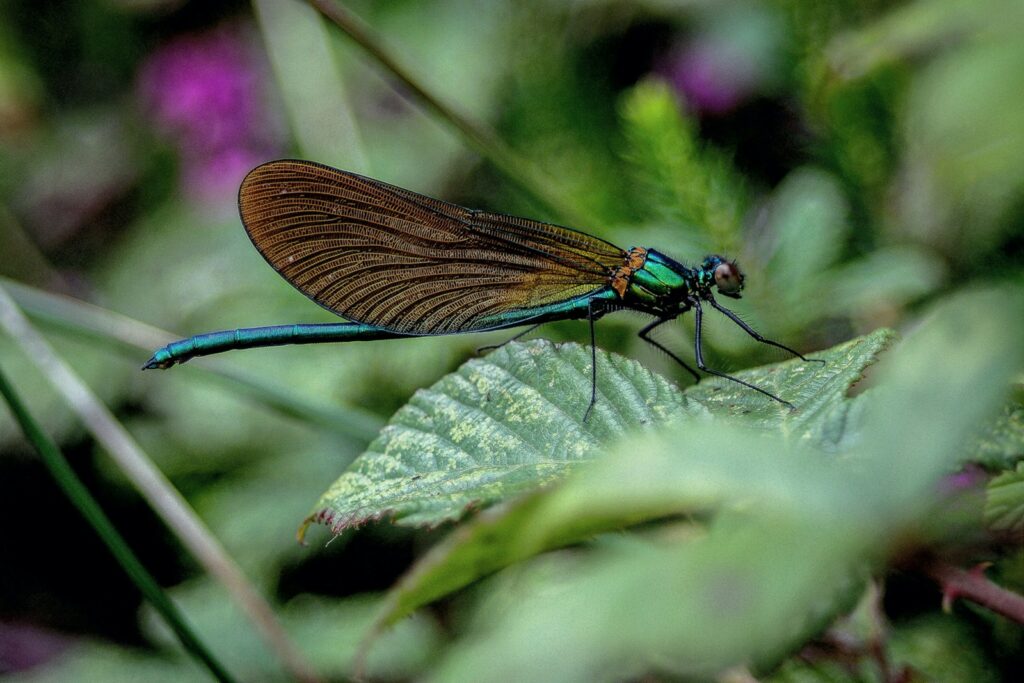
The ancient origins of insects revealed by fossils like Rhyniognatha hirsti provide important context for understanding modern insect biodiversity and conservation. Insects have survived multiple mass extinction events over their 400+ million-year history, demonstrating remarkable evolutionary resilience and adaptability. Today, insects represent over half of all described species on Earth, occupying virtually every terrestrial and freshwater habitat and performing irreplaceable ecological functions including pollination, decomposition, and serving as food sources for other animals. Yet despite their ancient lineage and historical resilience, many insect populations are now declining rapidly due to human activities including habitat destruction, pesticide use, and climate change. Understanding the deep evolutionary history of insects emphasizes both their fundamental importance to terrestrial ecosystems and the unprecedented nature of current anthropogenic threats to their diversity, providing additional impetus for conservation efforts to protect these ancient and ecologically vital organisms.
Conclusion
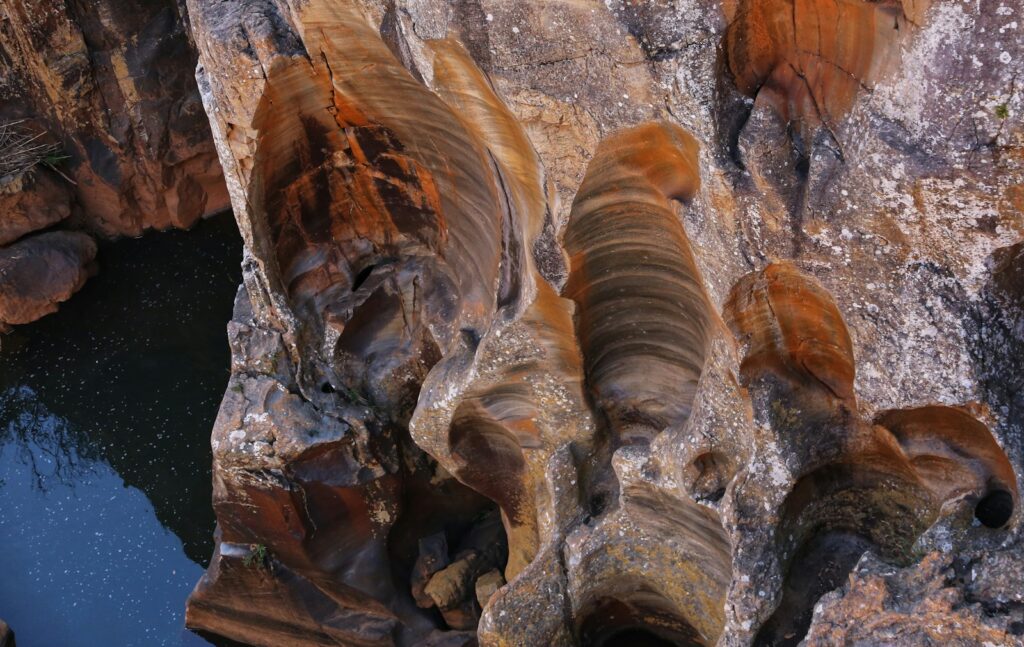
The humble Rhyniognatha hirsti, despite being known only from fragmentary remains, has fundamentally altered our understanding of when and how insects first appeared on Earth. Its presence in 407-million-year-old deposits tells us that insects were already well-established as the plants were just beginning to colonize land, suggesting they were among the first animals to successfully adapt to terrestrial living. As new technologies continue to reveal more details about ancient life, and as paleontologists potentially discover even older insect fossils, our picture of Earth’s early terrestrial ecosystems will continue to evolve. What remains clear is that insects have been shaping our planet’s environments since the very beginnings of life on land—a remarkable evolutionary success story that has continued uninterrupted for over 400 million years and has resulted in the most diverse group of animals ever to exist on Earth.

